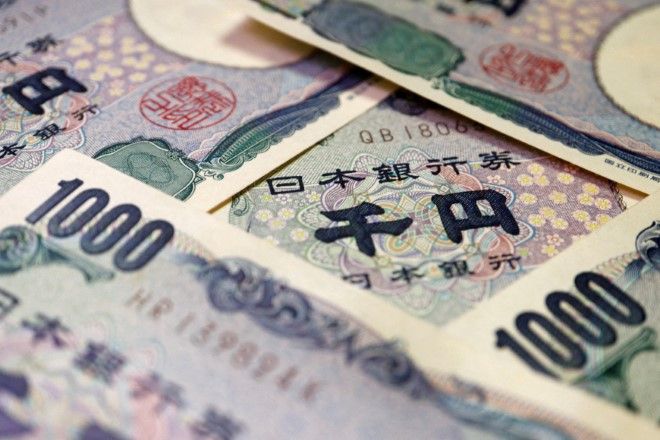SINGAPORE–The yuan sank on Wednesday as a new Sino-U.S. trade war shook Chinese markets returning from an extended Lunar New Year break, while the yen jumped on rising bets of further Bank of Japan (BOJ) rate hikes this year.
The dollar rose more than 0.5% against the yuan to a high of 7.2856 shortly after onshore trading opened despite the People’s Bank of China (PBOC) setting a stronger-than-expected yuan midpoint rate, around which the currency is allowed to trade in a 2% band.
The fixing had been closely watched by investors for clues on whether Beijing would allow for a weaker currency to blunt the impact of sweeping new tariffs imposed by U.S. President Donald Trump.
China on Tuesday slapped tariffs on U.S. imports in a swift response to the U.S. duties on Chinese goods, and Trump said the same day he is in no hurry to speak to Chinese President Xi Jinping to try to defuse a new trade war between the world’s two largest economies.
“Our base case is that China will increase its tolerance for currency weakness in response to the U.S. tariffs,” said Carol Kong, a currency strategist at Commonwealth Bank of Australia (CBA).
“I think ultimately, allowing the yuan to weaken will be one of the responses China takes, and I would expect further retaliation from China if the U.S. retaliates with even more tariffs.”
The offshore yuan was little changed at 7.2892 per dollar on Wednesday, after falling to a record low of 7.3765 per dollar at the start of the week.
The Australian dollar, often used as a liquid proxy for the yuan, was a touch weaker at $0.6247, though was still clinging on to its 0.47% overnight gain. Its New Zealand counterpart last fetched $0.5653.
In the broader market, volatility in currencies eased a little after a turbulent start to the week following Trump’s imposition of steep tariffs on top U.S. trading partners, with those on Mexico and Canada having since been delayed following negotiations.
The dollar was on the back foot, giving some respite to heavily battered currencies like the euro, which bounced back above the $1.02 level and last bought $1.0374.
The yen was a notable mover in the Asian session as it rose more than 0.5% to its highest in over a month at 153.47 per dollar. The impetus came from data that showed Japan’s December inflation-adjusted real wages rose 0.6% year-on-year thanks to a wintertime bonus bump, with government officials expressing optimism that wage hike momentum is growing.
That left traders ramping up bets of more BOJ rate hikes this year, with just over 30 basis points priced in by the year-end.
“The upcoming spring wage rounds will be closely watched, as expectations grow of more BOJ tightening,” said Alvin Tan, head of Asia FX strategy at RBC Capital Markets.
“As we have seen for more than a year, BOJ tightening by itself is not adequate to drive the yen into an appreciation trend, but that along with the yen’s under-valuation might be enough to cap yen weakness particularly in a more uncertain global macro environment.”
Elsewhere, the Canadian dollar rebounded from Monday’s 22-year low and last stood at C$1.4331.
The Mexican peso was steady at 20.4840 per dollar, moving away from a trough of 21.2882 hit on Monday, its weakest level in nearly three years.
Sterling was similarly a touch higher at $1.2484, while the dollar index fell 0.07% to 107.97.
“I am actually quite surprised at the resilience of markets. Risk sentiment…has been quite positive despite all the tariff headlines and the resumption of the U.S.-China trade war,” said CBA’s Kong.
“I think part of the optimism stems from the fact that the U.S. was willing to delay tariffs as long as the other countries gave Trump what he wanted.”



